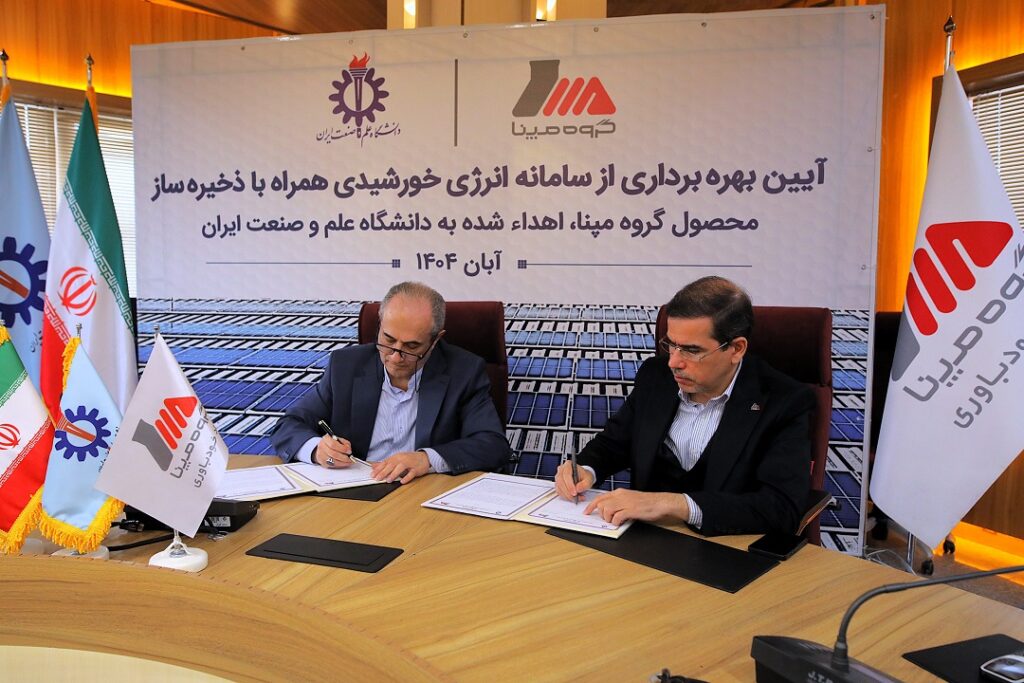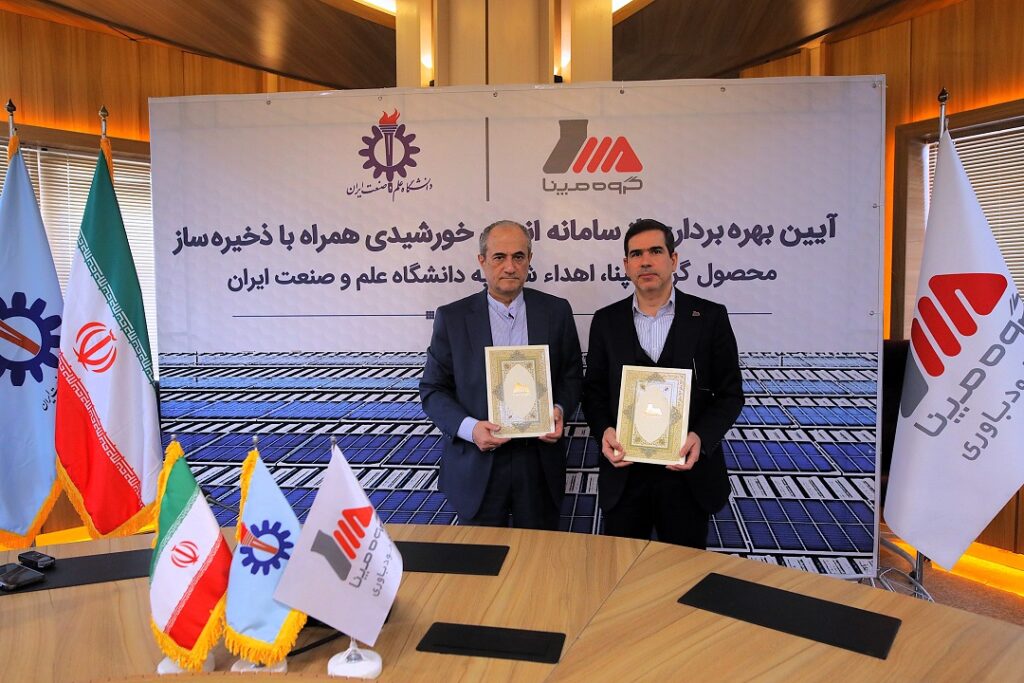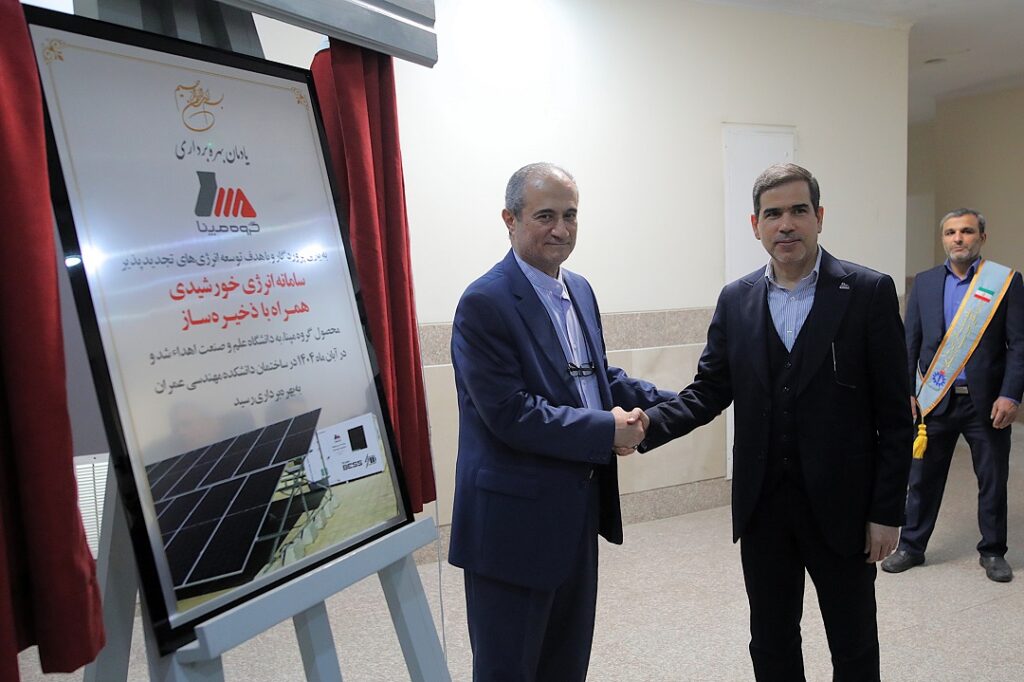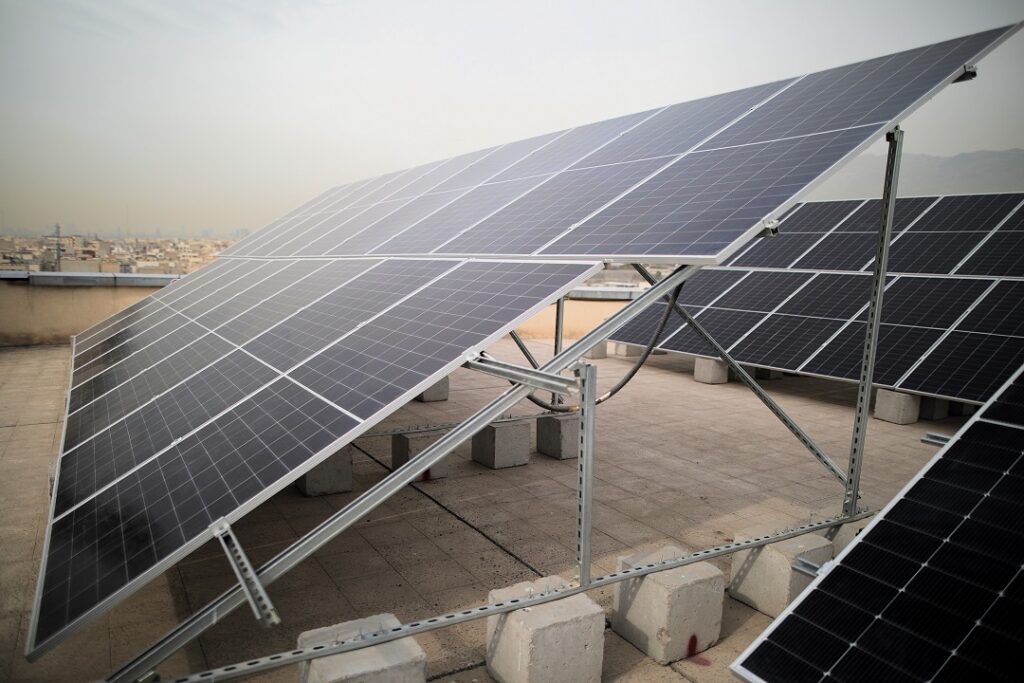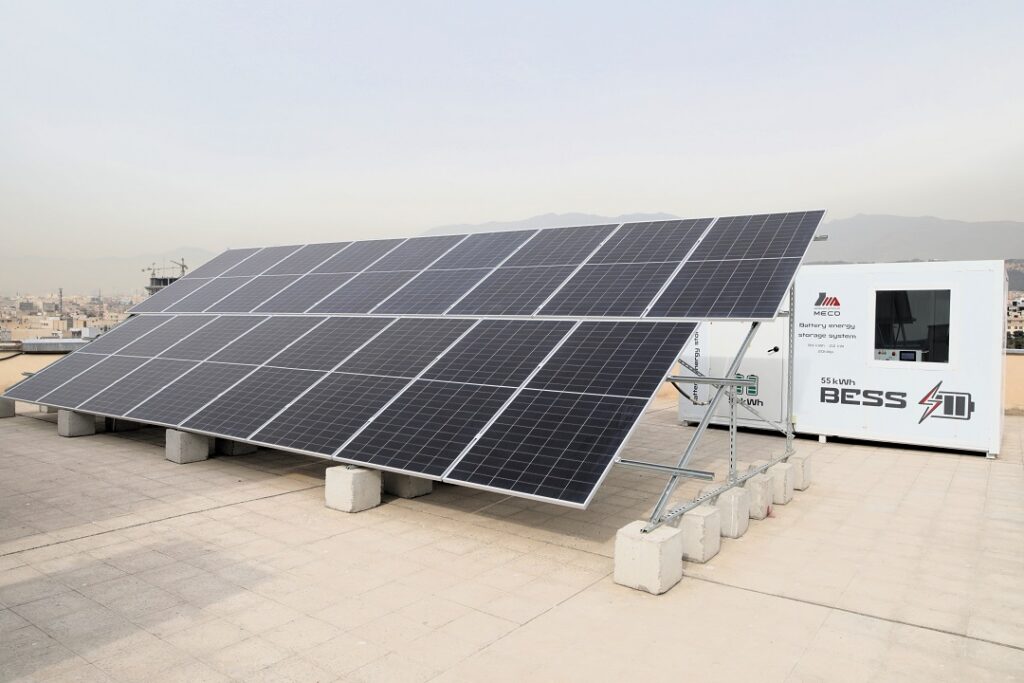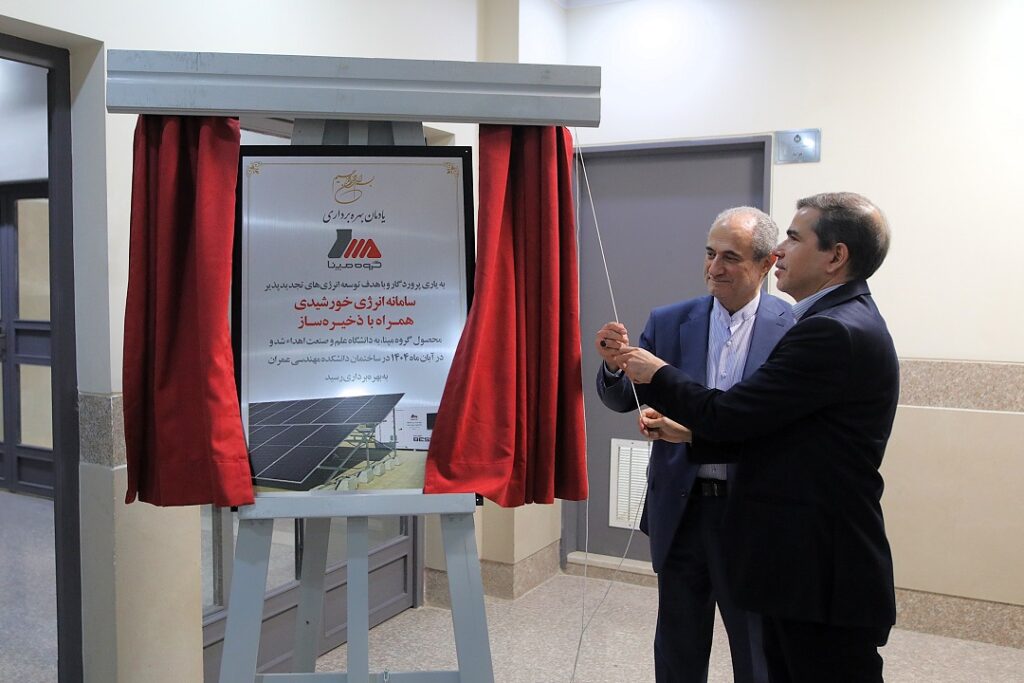The ceremony, held at IUST’s School of Civil Engineering, also featured the signing of a memorandum of understanding to expand technical and specialized cooperation between the university and MAPNA Group.
Solar-and-Storage System Donated to IUST
The donated system, designed, manufactured, installed and commissioned by MAPNA Electric & Control Engineering & Manufacturing Company (MECO), includes a 20-kilowatt solar array, 54-kilowatt energy storage capacity, two 27-kWh clusters, remote-control and monitoring capability, and uses EVE-LF90 cells with a battery lifespan of 6,000 cycles.
MAPNA Group has installed 22 megawatts of solar capacity and 155 megawatts of wind capacity . In addition, 452 megawatts of solar, 100 megawatts of wind and 8.5 megawatts of hydropower capacity are under construction within the conglomerate.
MoU to Expand Research, Technical and Technological Collaboration
Under the agreement signed by MAPNA Group’s President and the IUST president, both sides will leverage their existing and potential capacities to develop joint projects in modern renewable energy technologies, enhance institutional cooperation and strengthen academic–industry interaction.
MAPNA Group will use the university’s expertise to develop knowledge-production projects, create new technologies and help commercialize them in the renewable energy sector.
IUST, drawing on its research and practical background, will facilitate the implementation of the MoU and promote educational, research and technological cooperation to meet MAPNA Group’s needs.
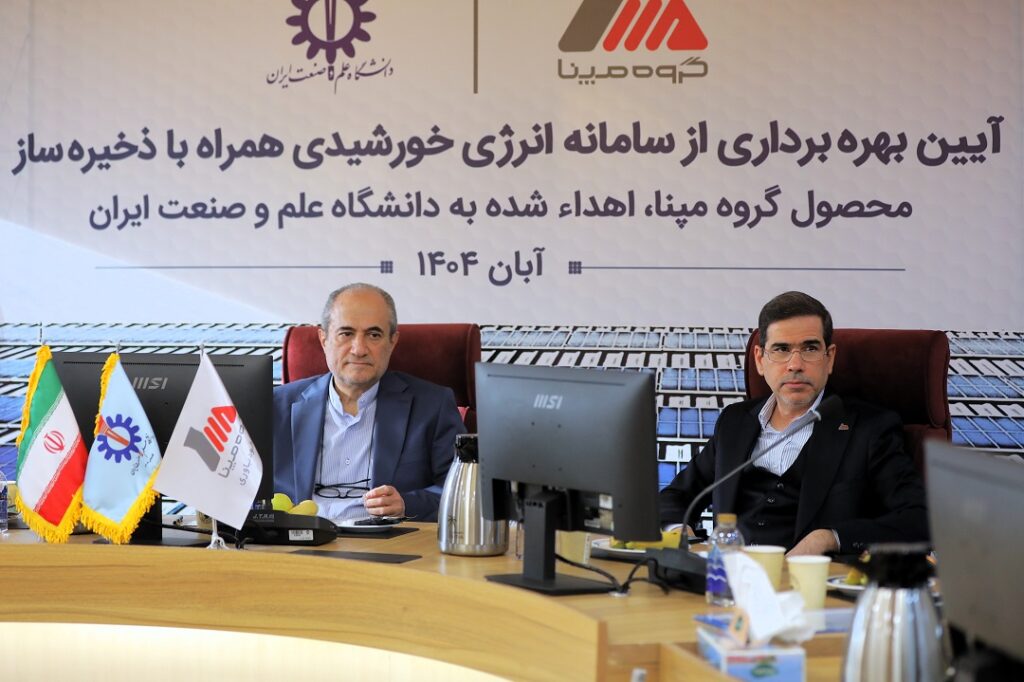
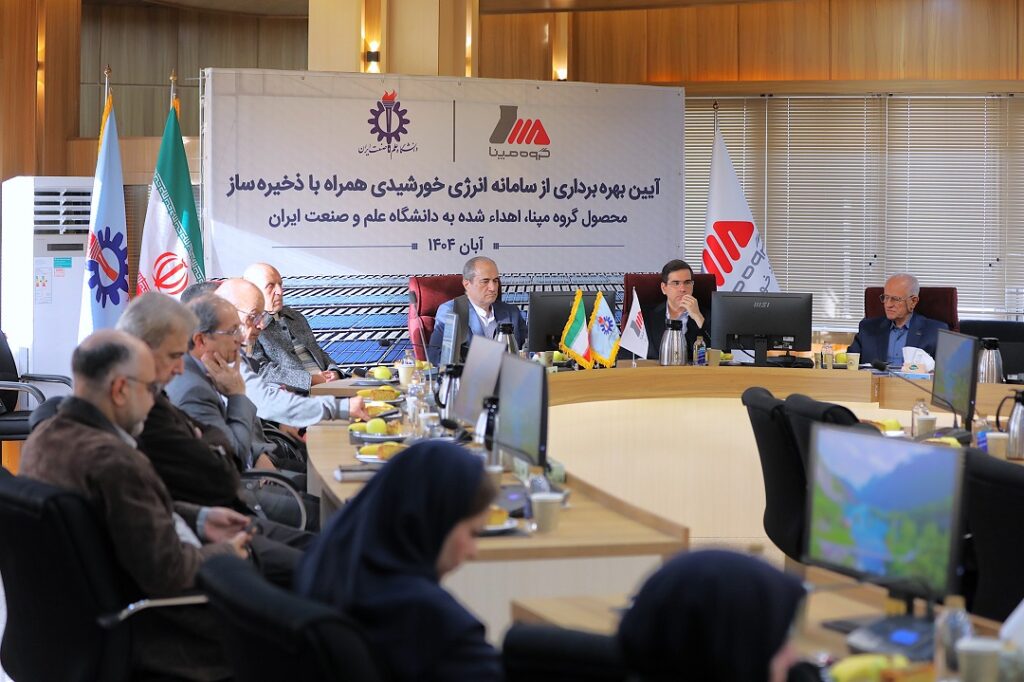
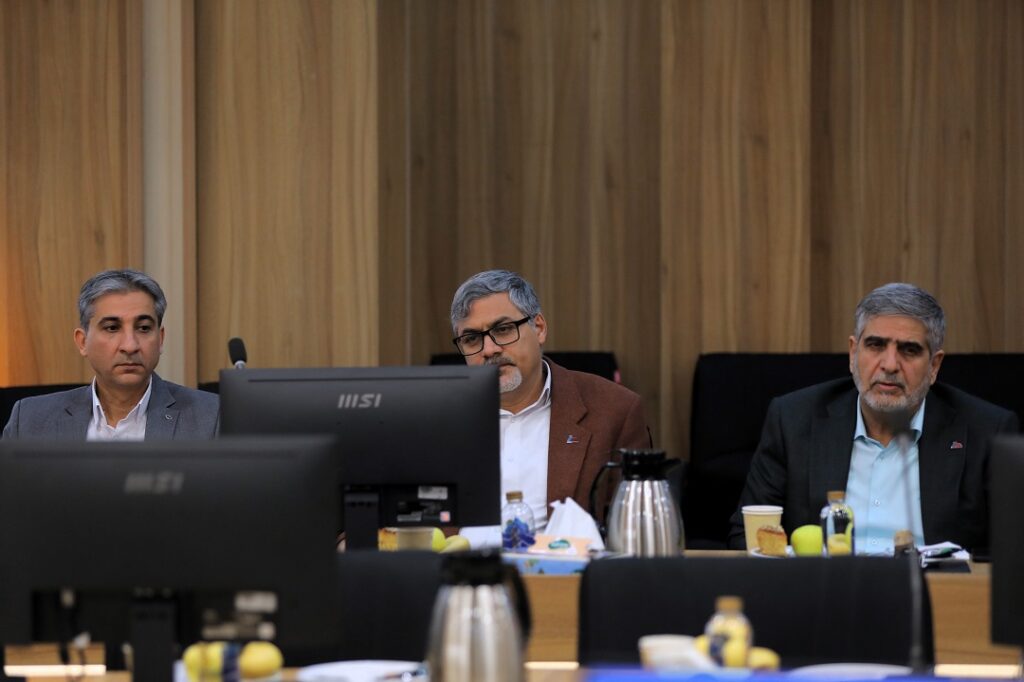
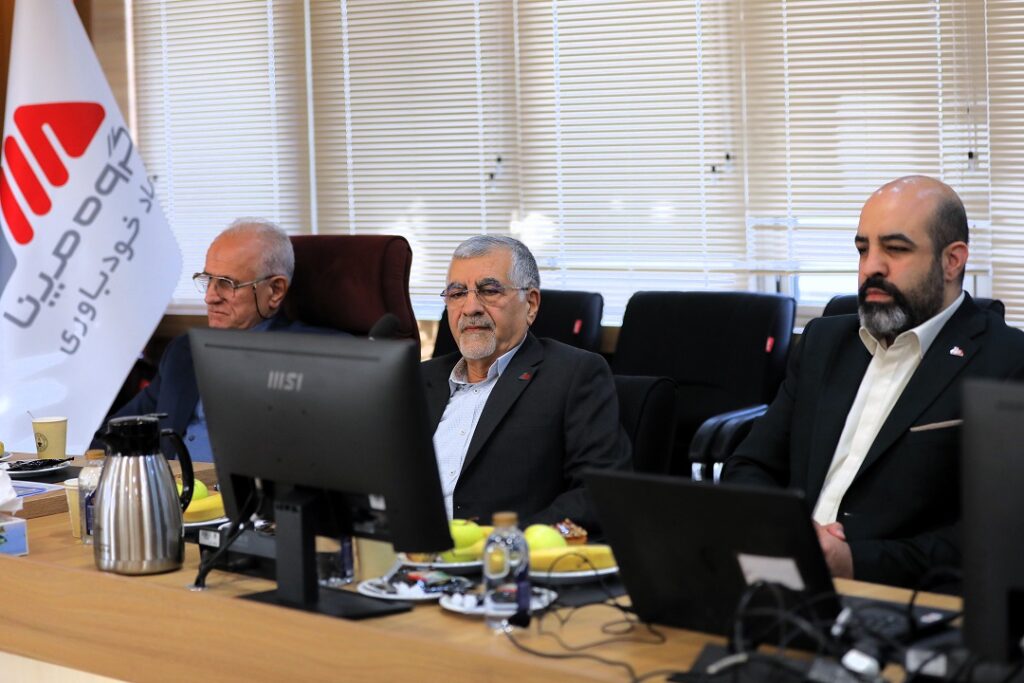
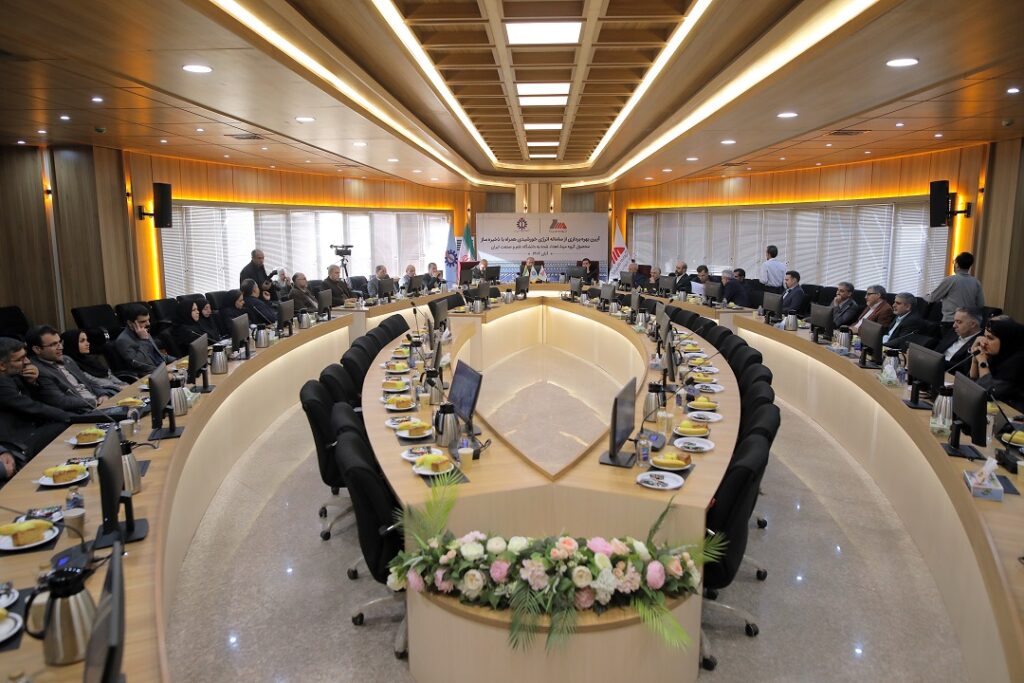

MAPNA President: Need for Deeper University Partnerships
MAPNA Group President Mohammad Owliya described the event as an important step in revitalizing cooperation between the company and universities.
He said the launch “can pave the way for progress for MAPNA Group and Iran University of Science and Technology,” adding that it marks “the beginning of a new era for a new response to a new need in the country,” given the rising global and domestic challenges in the energy sector.
Owliya added that MAPNA, as a major industrial actor, seeks to help address these challenges, while universities “are partners in this mission,” noting that stronger academic–industry cooperation will increase impact.
He highlighted liquidity constraints as a major obstacle for industry, the economy and even research. “Cash flow is the lifeblood of industry, the economy and even research,” he said.
He added that the government’s outstanding debt to MAPNA has reached around 240 trillion tomans, which has significantly constrained the group’s ability to expand. According to him, this has slowed public investment as well as research and technological activities.
Despite these constraints, Owliya said the new equipment showcased MAPNA’s determination to expand university partnerships, and that “much bigger projects” could be undertaken once economic conditions improve.


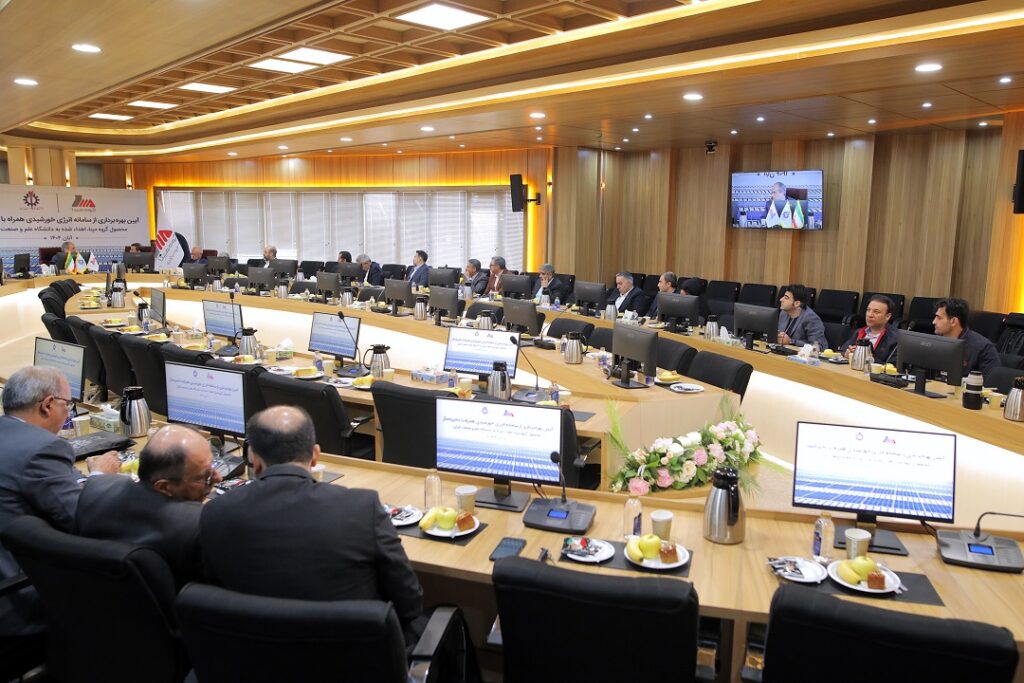



IUST President: Need for Strategic Expansion of Cooperation
IUST President Mahmoud Mehrdad Shokriyeh pointed to the importance of academic–industry partnerships and said he was proud of the university’s cooperation with MAPNA Group.
He expressed hope that stronger commitment and momentum would develop between the two institutions.
Shokriyeh noted that IUST’s main campus has operated for over 95 years on a 42-hectare site in northeast Tehran, and said major companies like MAPNA should support innovative tech-based startups to ensure that new ideas enter industrial ecosystems.
He added that university startups with innovative projects must be integrated into the value chain of large companies.
He highlighted IUST’s legacy in the construction, mechanical and energy sectors, saying the university has produced many renowned specialists and that its expertise in wind turbine technology, turbine blades, modern oil-tank maintenance, renewable energy systems, solar houses, desalination and health technologies demonstrated its longstanding industrial connection.
Shokriyeh added that IUST ranks first in attracting industrial funding, reflecting its strong willingness to expand ties with industry.
He described the new project as a fundamental first step toward long-term collaboration with MAPNA and said the university is fully prepared to expand cooperation.
He concluded that the university “remains committed to responding effectively to the needs of MAPNA Group.”
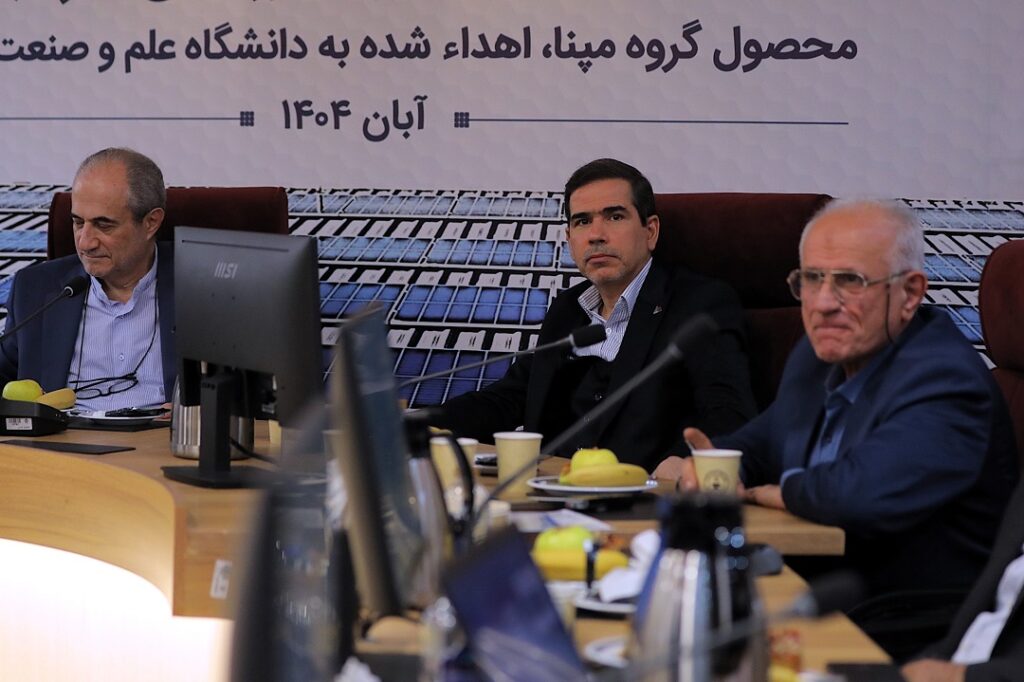
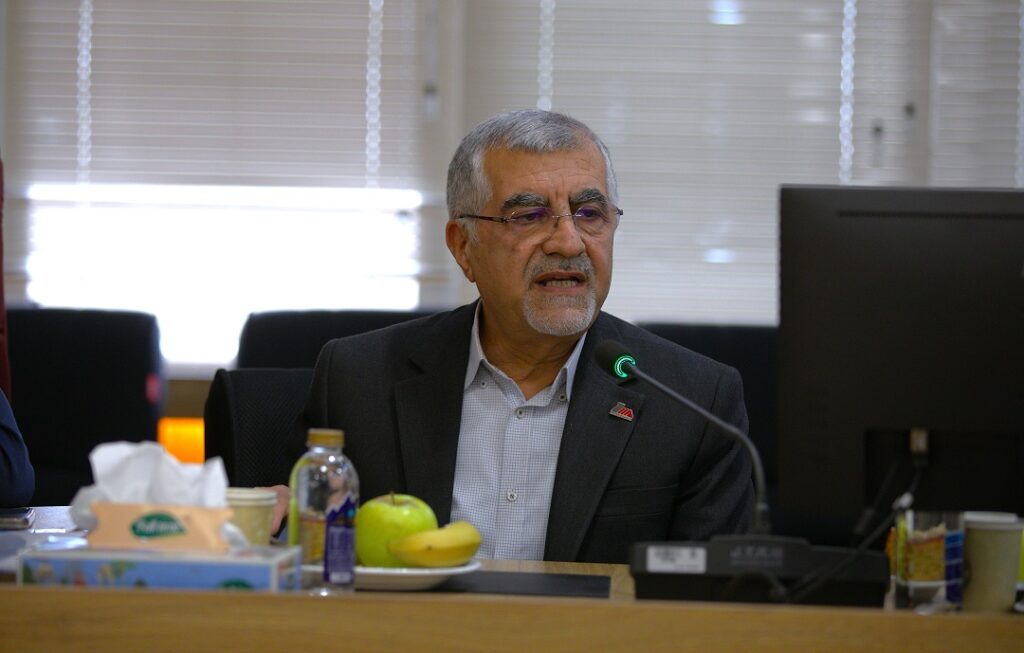
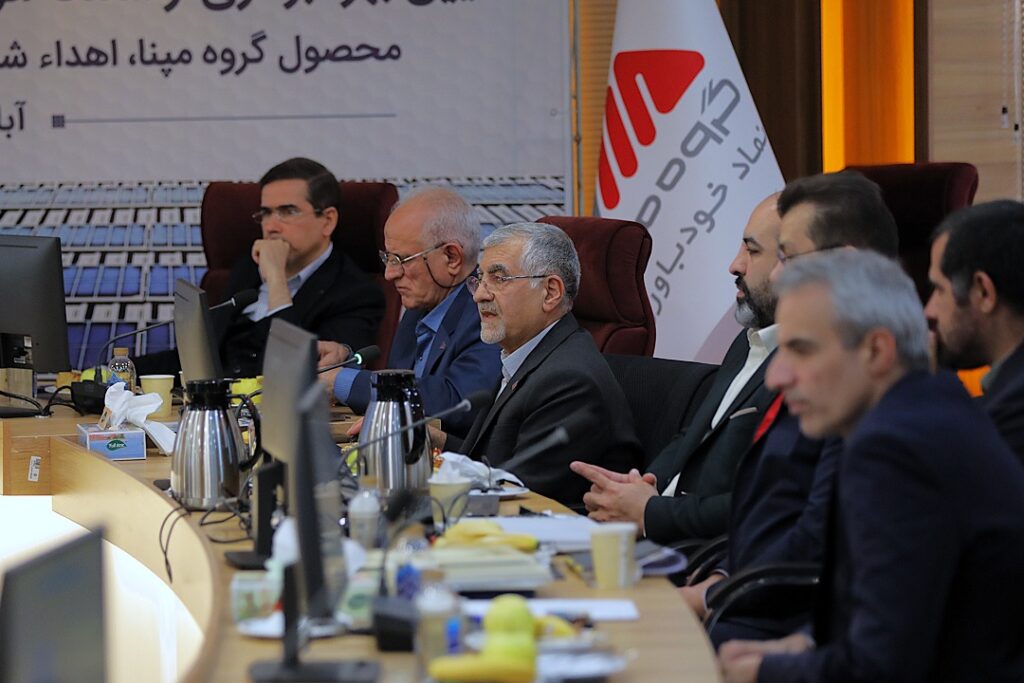
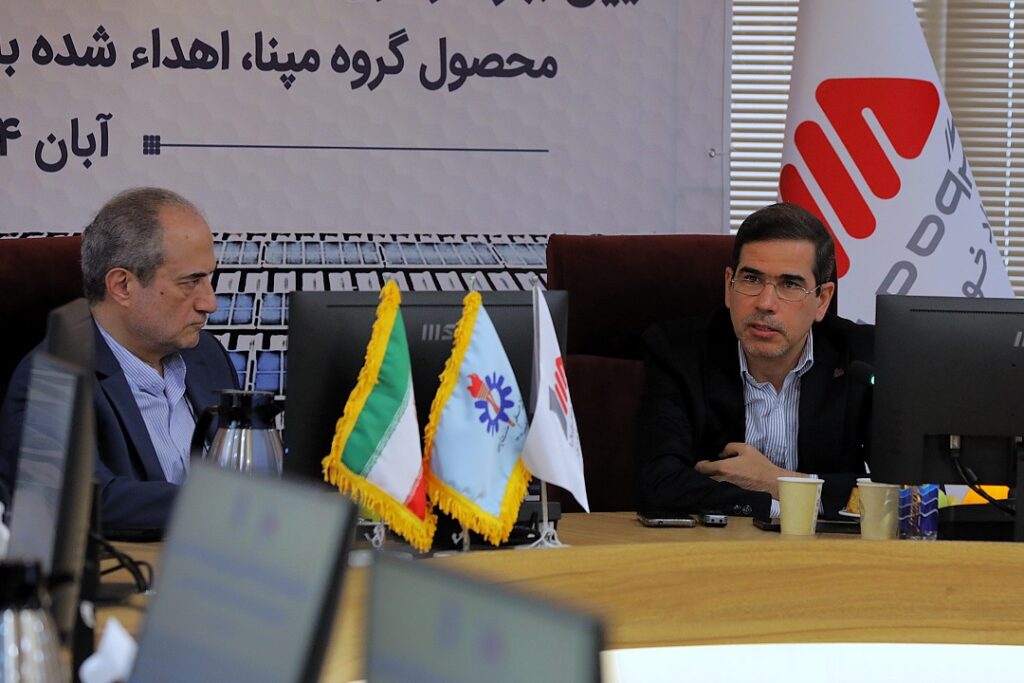
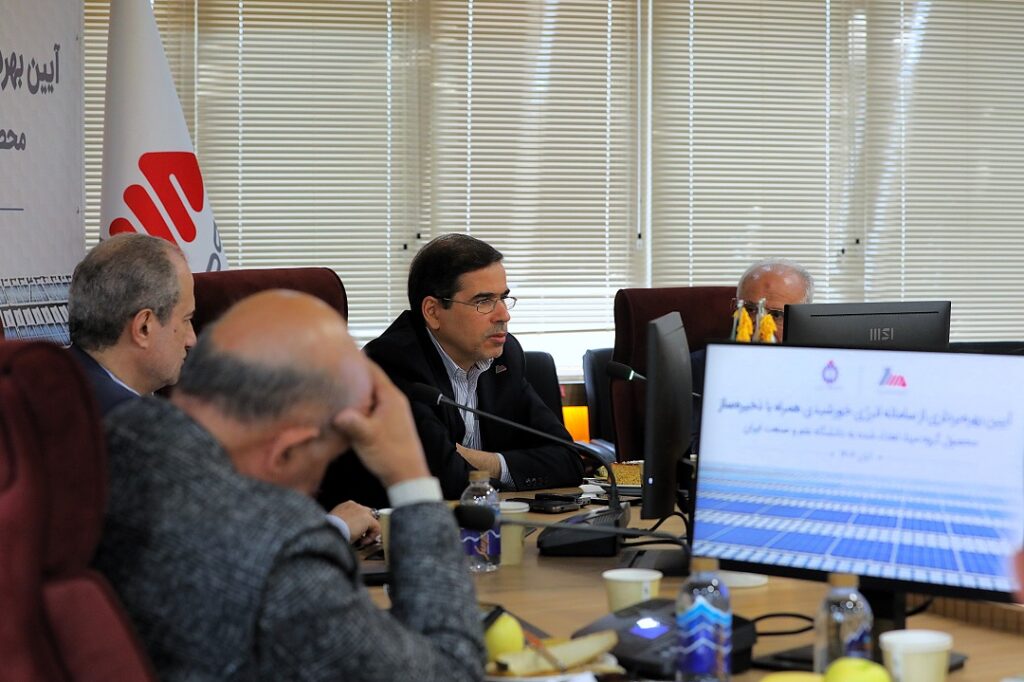
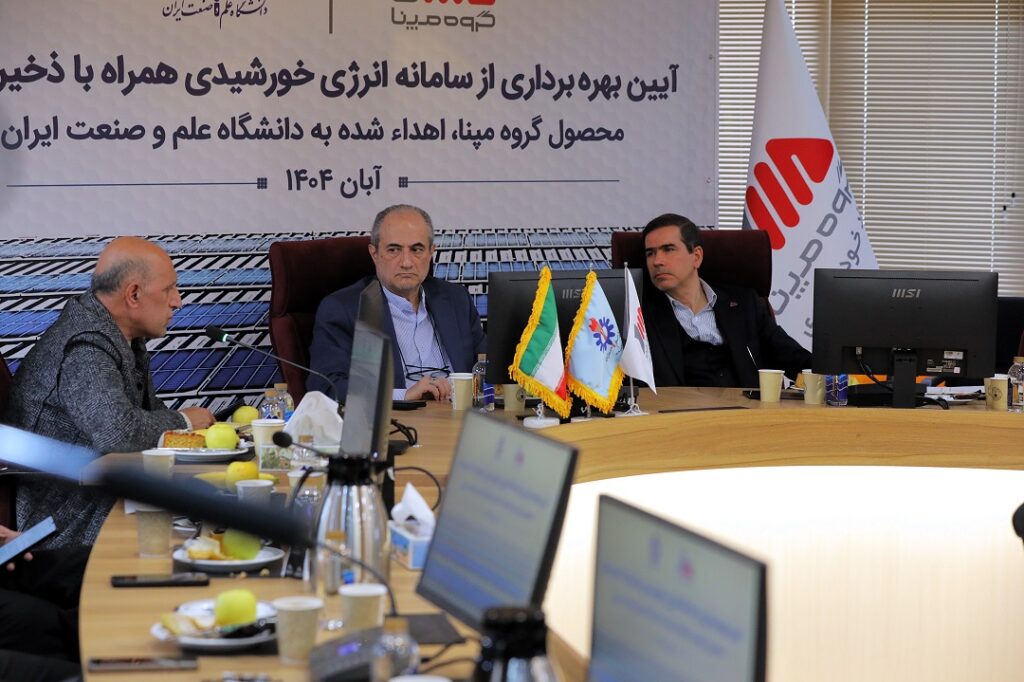
MAPNA VP for Research & Technology: Mapping Future Technologies
MAPNA Group’s Vice President for Research and Technology Amir Abdollah said his division monitors emerging technologies and oversees MAPNA’s research and innovation strategy.
He explained that MAPNA has focused from the outset on developing joint technology hubs with universities to preserve and advance the company’s technological capabilities for future generations.
Abdollah said MAPNA uses top global sources to track technological trends and has created a roadmap for monitoring “mega-trends” through 2065, identifying the technologies and scientific fields needed by universities and industries.
Based on this work, 51 priority technology areas relevant to MAPNA’s operations have been defined across the group’s three business sectors: Power and Water, Oil and Gas and Transportation.
He warned of a serious future energy crisis and said MAPNA has already taken measures to address it. Currently, 18 research and technology tracks are being actively pursued.
Abdollah explained that MAPNA’s cooperation with universities, research centers and knowledge-based firms takes place through MoUs, joint specialized hubs and partnerships with MAPNA.
Another key goal, he added, is incorporating scientific and laboratory modules from MAPNA’s power plants into specialized training programs in solar energy and sustainable energy engineering.
MAPNA Offers Complete Modern Energy Solutions
MAPNA MECO CEO Mohammad-Hossein Rafan outlined the company’s energy-storage solutions, saying that global efforts to curb the energy crisis increasingly rely on storage.
He said a comprehensive solution consists of a central storage unit connected to renewable energy inputs, residential and industrial loads, the power grid, electric vehicles and related infrastructure — a system that MAPNA has implemented.
Rafan listed the advantages of energy-storage systems as smart energy consumption, lower costs, flexibility, enhanced power quality, environmental benefits and applicability in commercial and industrial complexes, small and medium buildings, microgrids, personal renewable-energy use, backup power, load-shifting and fast EV-charging stations.
He said MAPNA’s V2G (vehicle-to-grid) technology enables intelligent energy management, price-based output adjustment, outage control, grid load-leveling during peak hours, economic savings for EV owners and reactive-power support.
According to him, EVs can serve as mobile energy sources equipped with smart management systems, suitable for various environments, travel and emergency power supply.
Rafan added that the V2H (vehicle-to-home) system enables EVs to power residential units.
He also presented MAPNA’s MAPsolar solution, a smart energy-management system with upstream connectivity, adaptability to geographic conditions, active/reactive power control, high ingress-protection rating, and capability to supply electricity to residential clusters of up to 100 homes, support civil-defense needs and power industrial areas.
He concluded by outlining MECO’s new generation of storage products — MAP-ion TITAN, MAP-ion LYRA, MAP-ion NOVA — along with Sharinet, MAPNA’s charging and energy-storage service platform.
